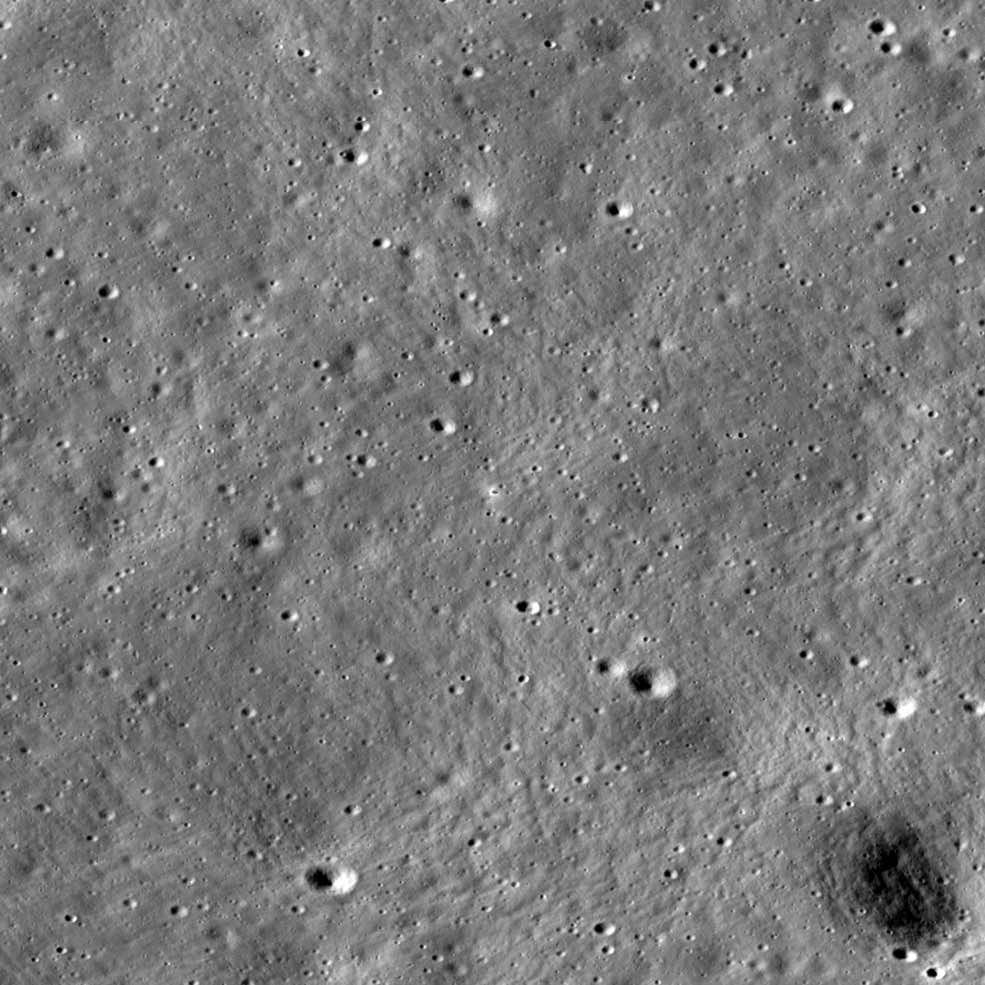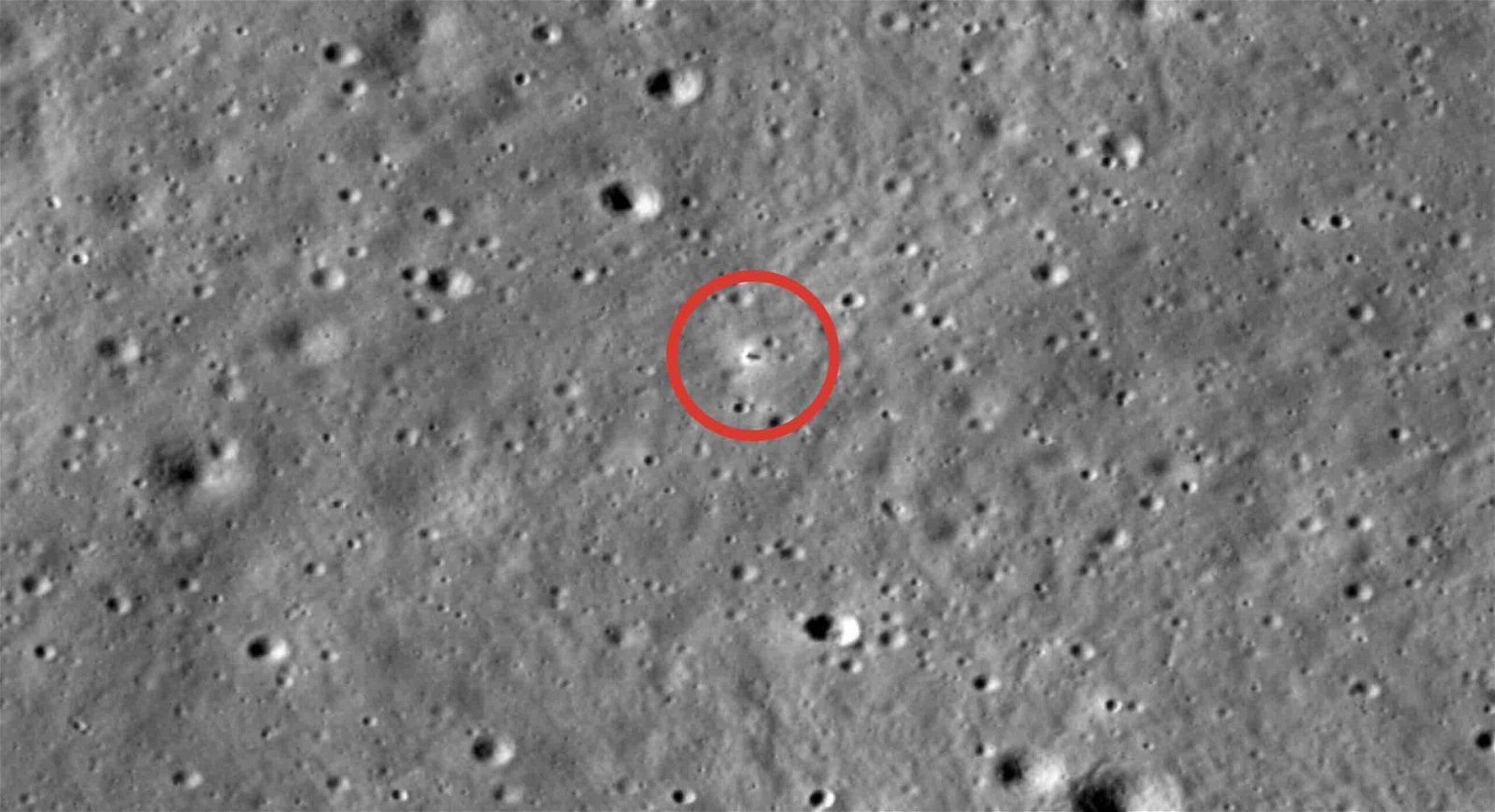NASA’s Lunar Reconnaissance Orbiter (LRO) has successfully located and photographed the landing site of a spacecraft recently sent to the moon by India’s space program.
Chandrayaan-3 is the third mission in the Chandrayaan program, a set of moon missions launched by the Indian Space Research Organization (ISRO). The current mission, launched from Satish Dhawan Space Centre on July 14, includes the Vikram lunar lander and an accompanying lunar rover, Pragyan, which follow a similar pairing of lunar exploration vehicles launched in 2019 as part of the Chandrayaan-2 mission.
Since June 18, 2009, the Lunar Reconnaissance Orbiter (LRO) has been observing the moon from its position in an eccentric mapping orbit, providing imagery crucial to the production of a 3D map of the lunar surface. Although the LRO’s mission was originally intended to last for just two years, it was extended to allow the spacecraft to continue to collect data that may help scientists understand a range of questions that include the evolution of the moon’s crust and regolith.
Chandrayaan-3 landed on the Moon on August 23, approximately 600 kilometers from the Moon’s South Pole.
From its position in orbit, the LRO successfully spotted and photographed the Indian spacecraft’s landing site, which can be seen in the center of the image below as a dark spot surrounded by a lighter “halo” of white.


The Chandrayaan-3 lander isn’t actually glowing, of course. The lighter area around it is an effect caused by the spacecraft’s rocket plume blasting away fine-grained lunar soil, resulting in the exposure of regolith with a lighter coloration, contrasted against the shadow cast by the lander.
The image was logged by NASA as frame No. M1447750764LR, comprising a region surrounding the Chandrayaan-3 lander that is close to 1,738 meters wide.
Four days after NASA obtained the images that initially detected the Chandrayaan-3 lander, a secondary view at a 42-degree oblique or “slew angle” was also obtained.
Additional imagery of the Chandrayaan-3 mission has been made available online courtesy of the ISRO and can be viewed here.
Micah Hanks is the Editor-in-Chief and Co-Founder of The Debrief. He can be reached by email at micah@thedebrief.org. Follow his work at micahhanks.com and on Twitter: @MicahHanks.

